Motorola Moto G8 vs G8 Power vs G8 Power Lite review
We may earn a commission if you make a purchase from the links on this page.
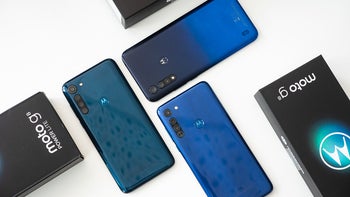
Motorola's market share has been on the up and up here in the US, and its staple G-series of phones was recently enriched with three new budget models - the G8 Power, G8 Power Lite and the Moto G8 itself. Just like the G7 series last year, they differ by battery capacity, among other specs, and come at budget phone prices, carrying big displays with them.
Needless to say, the Power models stand for long battery life, as both ship with 5000mAh packs, and we found the new Motos to deliver some record longevity in our benchmark tests indeed. If you are looking for a budget phone with an incredible battery life and a great price, the Moto G8 Power seems to be the way to go.
Despite that it is the heaviest of the three, we can wholeheartedly recommend you spend the extra fifty bucks or so to pick the G8 Power over the Lite or G8, as it delivers decent pictures and video, reasonably fast performance, good pixel density, and, above all, it will likely last you 2-3 days with normal usage for the $250 price, beat that! As for the Power Lite, its chipset is rather weak, so pick it only if you watch more YouTube than browse or game, and are bent on having a notification light up top, like in the good old times.
Buy Moto G8 Power Lite from:
Motorola Moto G8 vs G8 Power vs G8 Power Lite design and displays
Chunky plastic monkeys
The 6.4" Moto G8 and G8 Power are smaller than the 6.5" G8 Power Lite, and just the G8 Power has 1080p Full HD screen resolution. The other two are at HD 720p, and all three phones come with LCD displays which can be expected at their sub-$200 prices.
Despite the LCD panel tech, Motorola still manged to punch a trendy hole through the screens to fit the front camera on the G8 and G8 Power, while the Lite model makes do with the good ol' waterdrop notch for the purpose. The phones are surprisingly heavy considering their plastic build, but two of them have giant 5000mAh packs, and all feel very solid in the hand without creaking or flexing backs.
They are also rather big for the screen diagonals, especially the Lite version that has some positively gigantic bezels all around. It, however, sports more ergonomic button power and volume button placement than the G8 and G8 Power, whose keys are moved way up, so you have to stretch or push the phone down in your hand to reach the volume rocker.
There are nice little design touches all around the phones, like the presence of notification light or a headphone jack - all things we have begun feeling nostalgic about in recent phones. When it comes to the screens, though, all three get just a passing grade.
While the peak brightness is sufficient for viewing outside, you'll struggle under direct sunlight, and don't get us started on the minimum brightness of the G8 Power Lite which could be rather blinding if you wake up in the middle of the night to read a website on a white background. The displays colors are also way on the cold, blueish side of the spectrum, deviating significantly from the 6500K white point.
When it comes to color representation, the large, low-res screen of the Lite model is again the biggest offender but the low pixel density coupled with a 5000mAh battery helps it push some stellar endurance in our tests, for that matter. If we had to pick, though, we'd go with the 1080p resolution on the G8 Power which also has a giant battery but fares better in pixel density and the color charts.
All in all, you get slightly above what you pay for in terms of build quality and displays with the three new Motos in the G8 series, and the heavy G8 Power is the one that particularly nails that value-for-money ratio. These are phones you won't have to baby all the time, and the cases in the box are a nice added touch.
Motorola Moto G8 vs G8 Power vs G8 Power Lite camera specs and samples
Decent pics for the price
Despite the sub-$200 prices, the phones carry pretty decent camera sets, with 16MP main cameras and the addition of 8MP 2x telephoto and wide-angle cams, as well as 2MP macro on the G8 Power. The G8 has the same set sans the telephoto camera, while the Lite makes do with 2MP depth and macro cameras just so that it can claim a triple camera set on the back. The cheaper models are outfitted with 8MP selfie shooters, while the G8 Power carries a 16MP front camera.
As one can expect, the quality of the photos is nothing to write home about, even on the quad-cam Power. In broad daylight they earn passable grades, but as soon as the light start to dim down, the focusing starts to suffer. Surprisingly, the Lite model with the most basic camera set of the three, was able to produce sharper photos with more natural color presentation. Indoors, however, the roles reversed, as its aperture is the narrowest of the trio.
The Motorola Moto G8 and the G8 Power produce pretty identical photos, with a bit oversatured and warmer than reality colors, compared to what comes out of the Lite. We'd like to see a bit more sharpness and detail, but the pictures and selfies from these handsets are surprisingly usable considering the price tags. The wide angle and telephoto shots earn a pass grade as well.
Only the Lite model can't record 4K video, while the G8 and G8 Power are capable of 4K footage with 30fps. The problem, however, is that they struggle to focus in 4K mode, while the G8 Power Lite did well with focusing in its humble 1080p footage.


The focusing pursuit was pretty bad on the two more expensive members of the trio, so we'd recommend you shoot in 1080p to save on file size, and gain on quality. For handsets that claim they sport phase detection autofocus, they got schooled by the Lite model in that department.

Motorola Moto G8 vs G8 Power vs G8 Power Lite benchmark performance and software
Even stock Android can have middling performance on a weak chipset
With a pretty solid for the category octa-core Snapdragon 665 SoC on 11nm process, paired with 4GB RAM count and 64 gigs of internal storage space, the Moto G8 and G8 Power do fine in benchmarks. The Lite flaunts the same memory and storage capacity but is powered by a lowly MediaTek Helio P35 which would explain why it's also the laggiest of the three phones, and one of the laggier budget handsets we've used tested lately.
The phones come with with Android 10 out of the box, and and update to 11 will probably be in the works at some point, if Moto is feeling generous. The interface is clean Android while a few nifty bells found on previous Motorola phones - Moto Actions, Moto Display, Attentive Display (keeps it on as long as you're looking at it) - and many others are part of the software experience.
We find them quite useful, and, thankfully, Motorola added standard gestures like swiping from the bottom to go home and from the edges to go back instead of the single bottom-positioned pill button that was used to go back, access your recent apps, switch between your last two used apps, and so on. The capacitive fingerprint scanner at the back of the phone is very fast and we appreciate it in these mask-wearing times, as face recognition is sunsetting for the good ol' index finger unlock.
Motorola Moto G8 vs G8 Power vs G8 Power Lite battery life and charging
Champs, all of you!
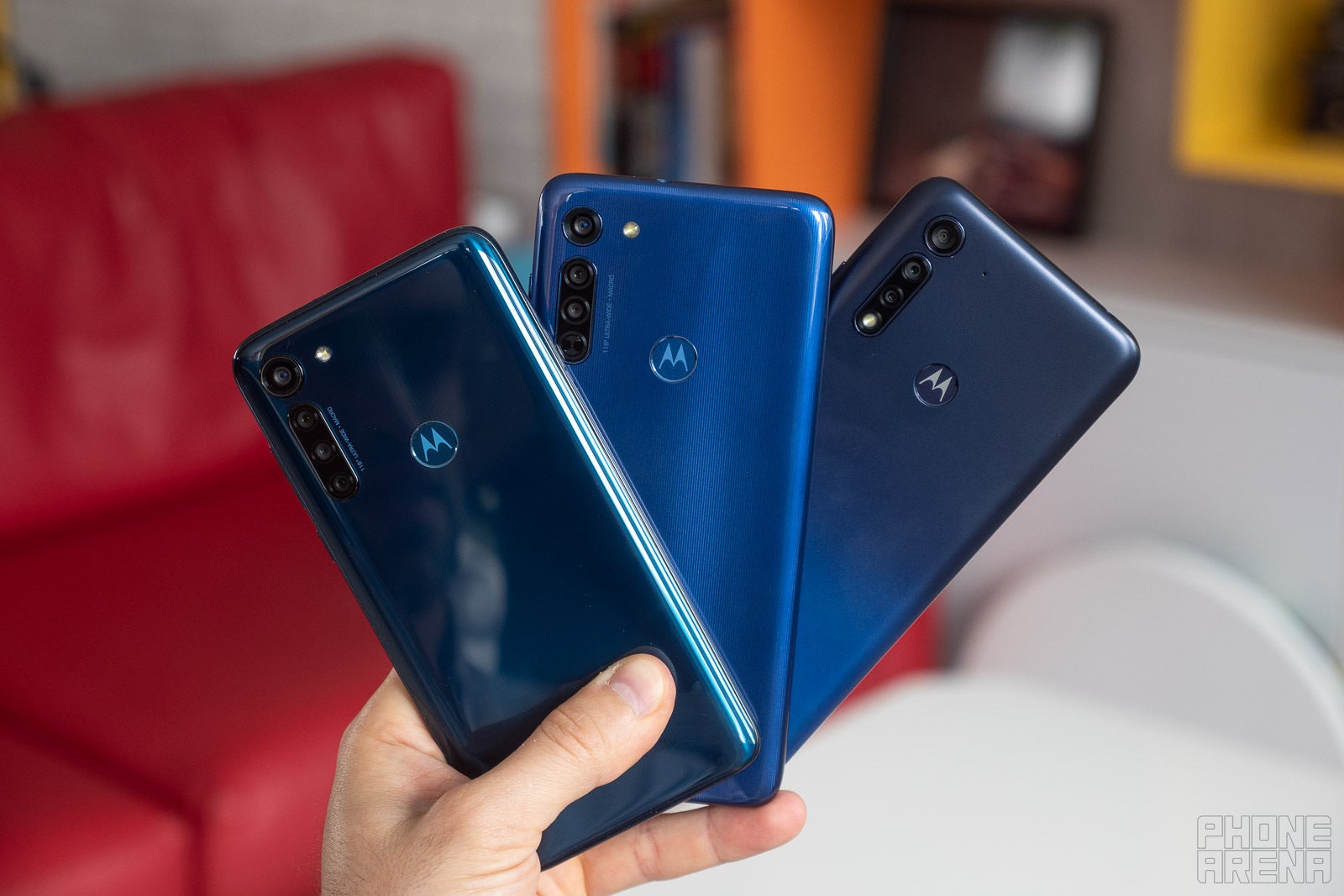
Ladies and gentlemen, we have a winner! In our battery benchmark tests, that is, and, surprisingly, it's not the G8 Power Lite that has the same 5000mAh battery pack as the G8 Power but lower screen pixel density. The 6.5" LCD panel of the Lite is of pretty middling quality and its Helio processor is made with an older process, so it probably consumes more energy than the Power overall.
In any case, all three phones performed par excellence on our battery tests, as can be expected from the combo of humble displays and processors, and big batteries, but it's the G8 Power that takes the cake with the record endurance in our database.
- Moto G8 Power: 5,000mAh
- Moto G8 Power Lite: 5,000mAh
- Moto G8: 4,000mAh
Browsing, YouTube and 3D gaming battery test
To test the batteries, we start with our browsing test, the lightest in our arsenal. The test simulates scrolling webpages and it is a good indication of how long the phone can last without heavy use.
The results are in and they are truly impressive: the Moto G8 Power breaks all records and with a score of nearly 16 hours, it's the longest-lasting phone we have tested so far in 2020. This phone is a battery beast. Finally, the Moto G8 also scored extremely well at nearly 14 hours, it's another beast of a phone that you can use not just for hours, but for days on end.
In YouTube video streaming, all of the phones last a long time, but the Moto G8 Power that dominated the browsing test, scores lowest of the three here. The Moto G8 Power Lite, on the other hand, had the lowest score on the browsing test, but passes the YouTube test with flying colors and a result of the whopping 11 hours and 24 minutes, at the very top of our battery rankings.
Due to their weak graphics subsystems, the phones aren't really performing in graphically intensive games that tax the GPU, like Asphalt, Call of Duty, PubG, Fortnite and the rest, but they last in gaming as well, for that matter. Keep in mind that our test plays them at the lower graphics settings to ensure compatibility about so many devices, so in real life the battery drain while gaming would definitely be higher, yet the Moto G8 Power regained its position at the top again, making it the longest-lasting phone we've tested in recent memory overall, bazinga!
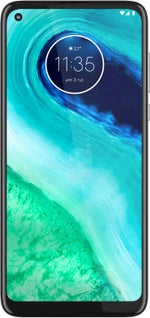
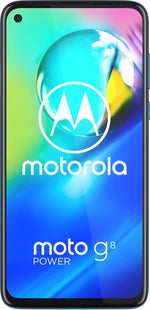
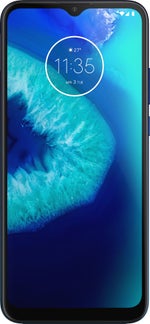
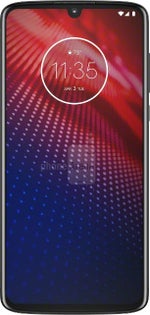























Things that are NOT allowed: